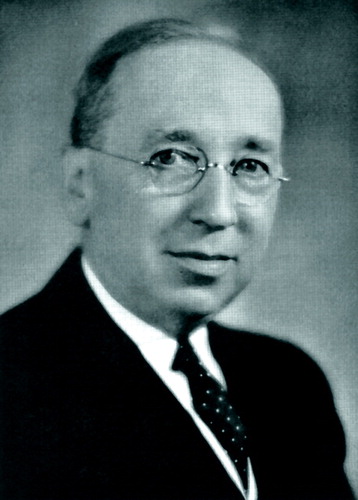In This Issue
Repeat Suicide Attempters
In 1999, the Surgeon General called for identification of populations at high risk for suicidal behavior. Forman et al. (p. 437) call our attention to one easy-to-spot group: people who have already made multiple suicide attempts. Among 153 suicide attempters, those with more than one attempt had more psychopathology, work and social dysfunction, emotional abuse during childhood, and family history of mental illness and suicide. The multiple attempters also had less remorse; only 28% indicated they regretted the most recent attempt, compared with 66% of those with a single suicide attempt. Repeated nonlethal suicidal behavior appears to indicate particularly severe psychopathology and high risk for future suicidal behavior. Repetition may lower the threshold for this behavior, and focusing on triggers could help deactivate the suicide mode.
Factors in Recovery From Schizophrenia
Real recovery from mental illness means the ability to function normally, as well as a decrease in symptoms. For 118 patients identified during the first episode of schizophrenia or schizoaffective disorder, only 14% sustained both symptom remission and social and work functioning for at least 2 of the next 5 years. Clearly, even excellent treatment did not lead to full recovery for most patients. Robinson et al. (p. 473) identified characteristics associated with the patients who achieved 1) symptom remission, 2) functional improvement, or 3) both symptom remission and functional improvement. Greater cognitive ability was associated with all three levels of recovery. Shorter duration of psychotic symptoms before treatment was related to full recovery and symptom remission, more cerebral asymmetry was associated with full recovery and adequate functioning, and a schizoaffective diagnosis predicted symptom remission. Discovering how these factors promote recovery could provide a basis for better interventions.
Is Schizophrenia Turned On by Marijuana?
An intriguing but inconsistent finding has been an association between cannabis use and earlier onset of schizophrenia. Evidence is now available from a population-based study in the Netherlands by Veen et al. (p. 501). Cannabis use was not related to the age when patients with a first episode of schizophrenia had begun having social or occupational problems, but it was associated with the onset of psychotic episodes. The average age at the first episode was 30.5 years for men without past cannabis use and 23.1 years for men who had previously consumed cannabis four or more times. One possible explanation is that cannabis simply hastens the onset of psychotic symptoms. Another is that cannabis unleashes schizophrenia in people who are at genetic risk but might not develop the disorder otherwise. Whatever the process is, the effect is important as early-onset schizophrenia has a worse prognosis.
Adding Illness to Injury
Major physical injuries are common and can be followed by psychological problems. The frequency of posttraumatic stress disorder (PTSD) varies dramatically among studies, however, and other disabling conditions may be underrecognized. O’Donnell et al. (p. 507) conducted a rigorous, comprehensive assessment of 363 patients consecutively admitted to a trauma service in Australia. Just before hospital discharge, acute stress disorder and PTSD were present in only 1% and 3% of the patients, respectively. On the other hand, moderate to severe anxiety and depressive symptoms were documented in 17% and 15%. Of the 307 patients reassessed at 12 months, 21% met the criteria for a psychiatric disorder; nearly half of them had two or three diagnoses. Two-thirds of the participants with PTSD had concurrent depression. Physicians caring for trauma patients should anticipate that these patients are at significant risk for subsequently developing a psychiatric disorder and should plan treatment accordingly.
Autism in Twins: The Neuroanatomy Lesson
The presence of a chronic illness in one “identical” twin, but not both twins, can help distinguish genetic from environmental contributions and define the disorder more precisely. Kates et al. (p. 539) studied brain structure in monozygotic (identical) twins who were concordant or discordant for the narrow phenotype for autism to identify anatomic abnormalities related to autism. They also studied a normal comparison group. Within twin pairs, the discordant twin pairs diverged in the volumes of gray and white matter in the cerebellum, whereas concordant twin pairs had convergent cerebellar volumes. Both the discordant and concordant pairs showed between-twin similarity in gray and white matter volumes in the cerebrum. However, in the discordant pairs, both the twins without autism and the affected co-twins had lower white matter volumes than healthy subjects in the frontal, temporal, and occipital lobes. These abnormalities in the twins without autism confirm autism’s genetic substrate and the concept of a broader autism phenotype. The broader phenotype was supported by language or social impairment in the nonautistic twin in eight of the nine discordant pairs.
Images in Psychiatry
Rock Sleyster, M.D., Psychiatry’s First President of the American Medical Association (p. 436)





